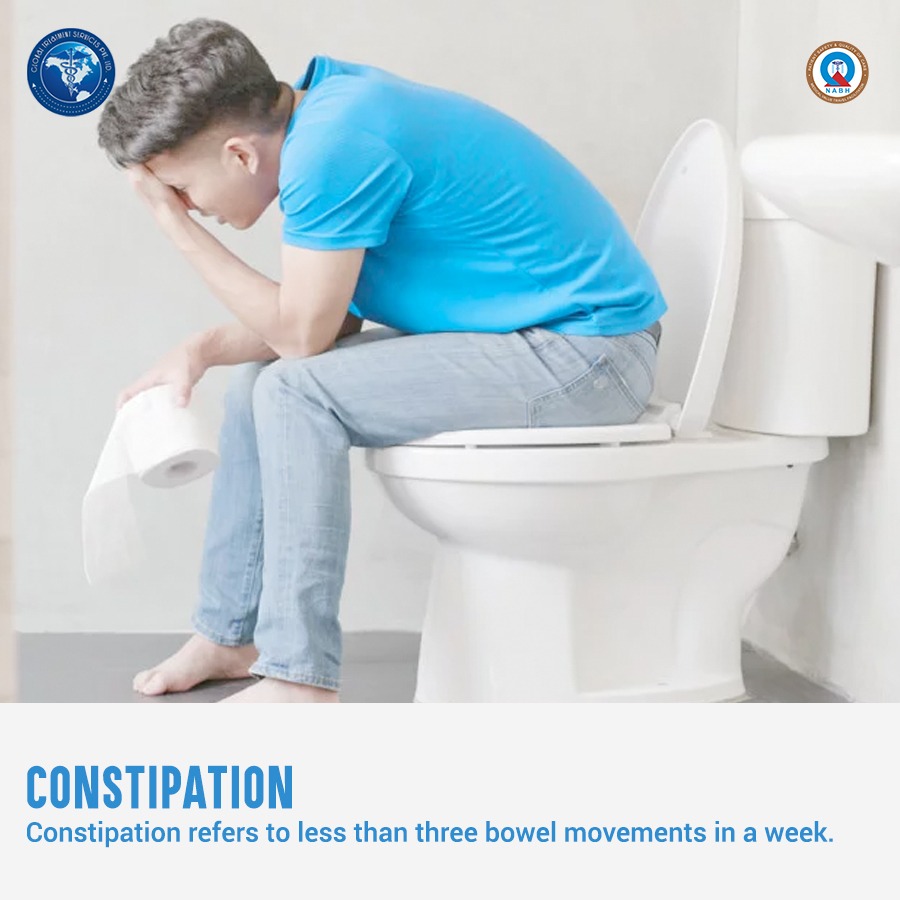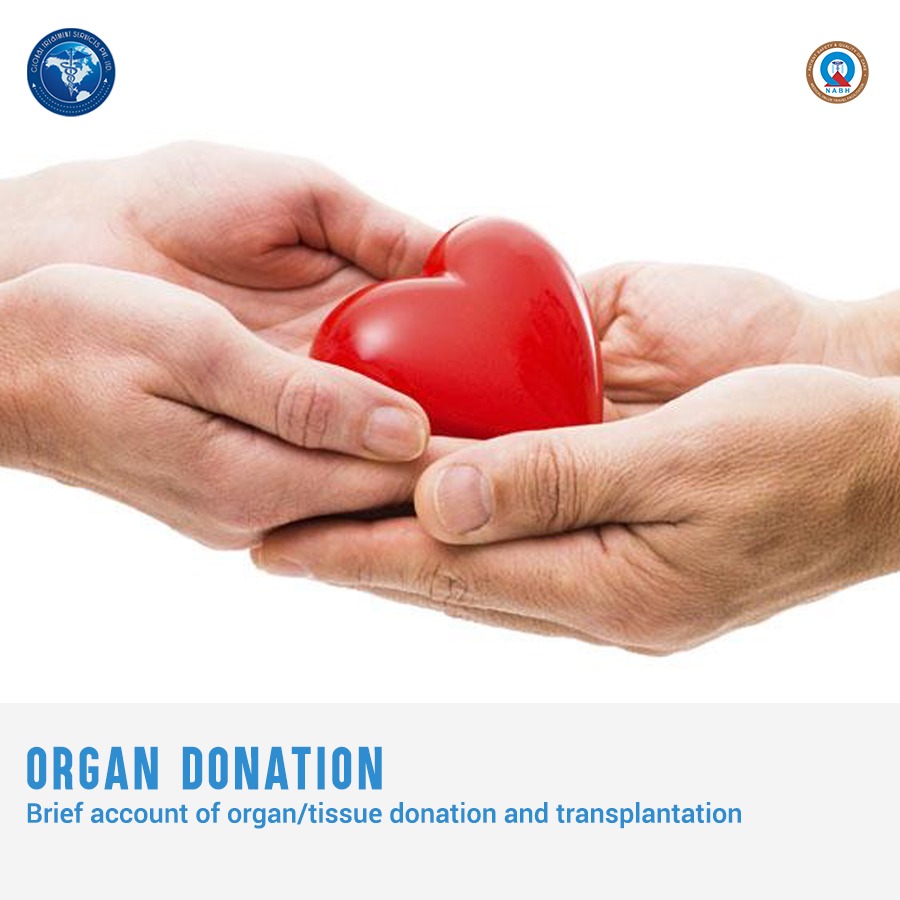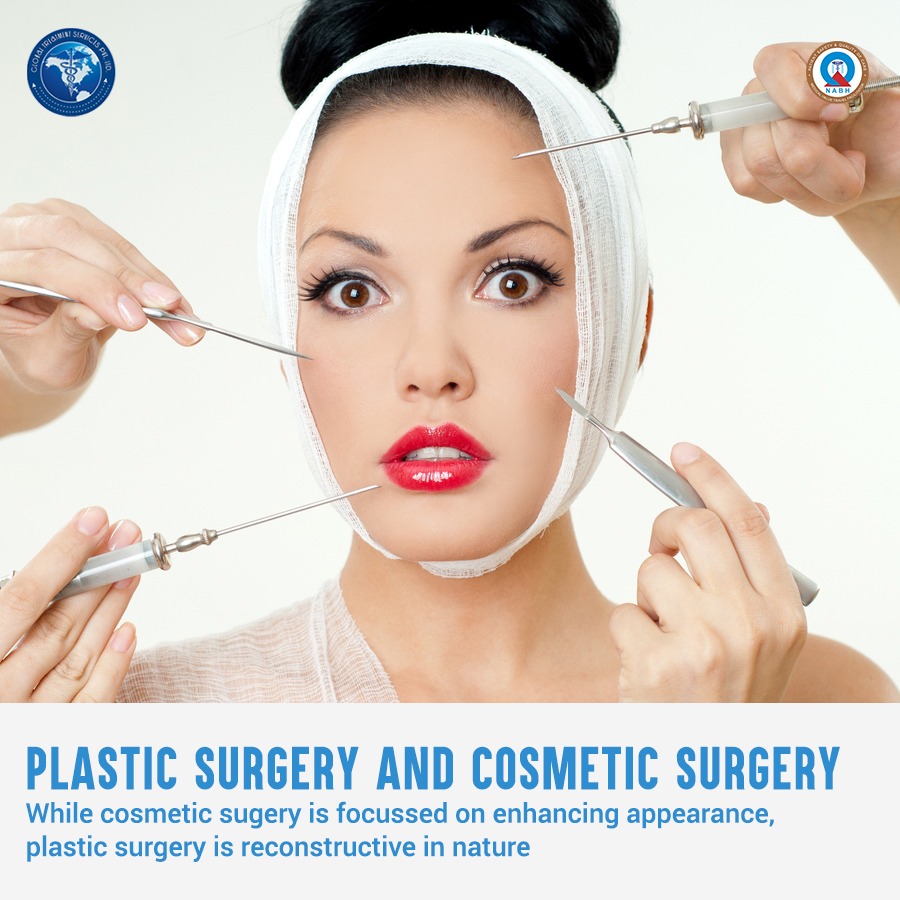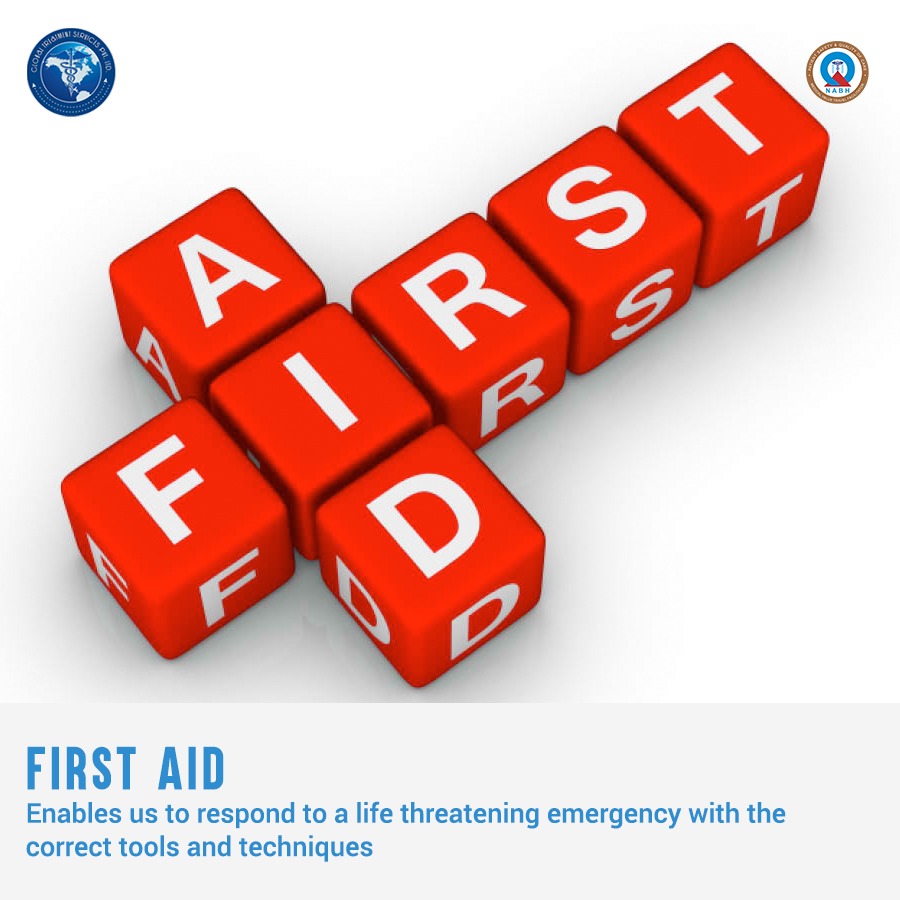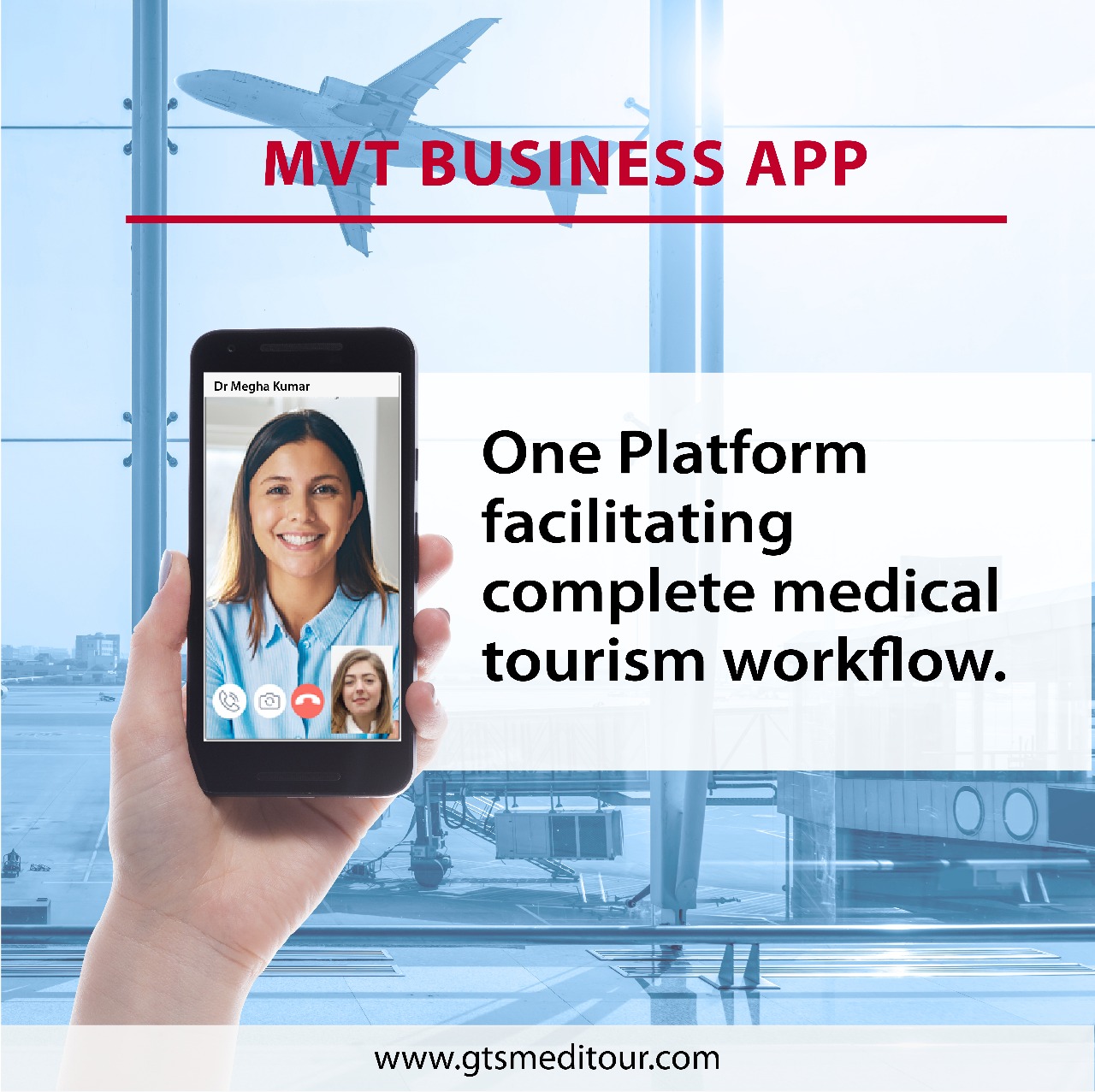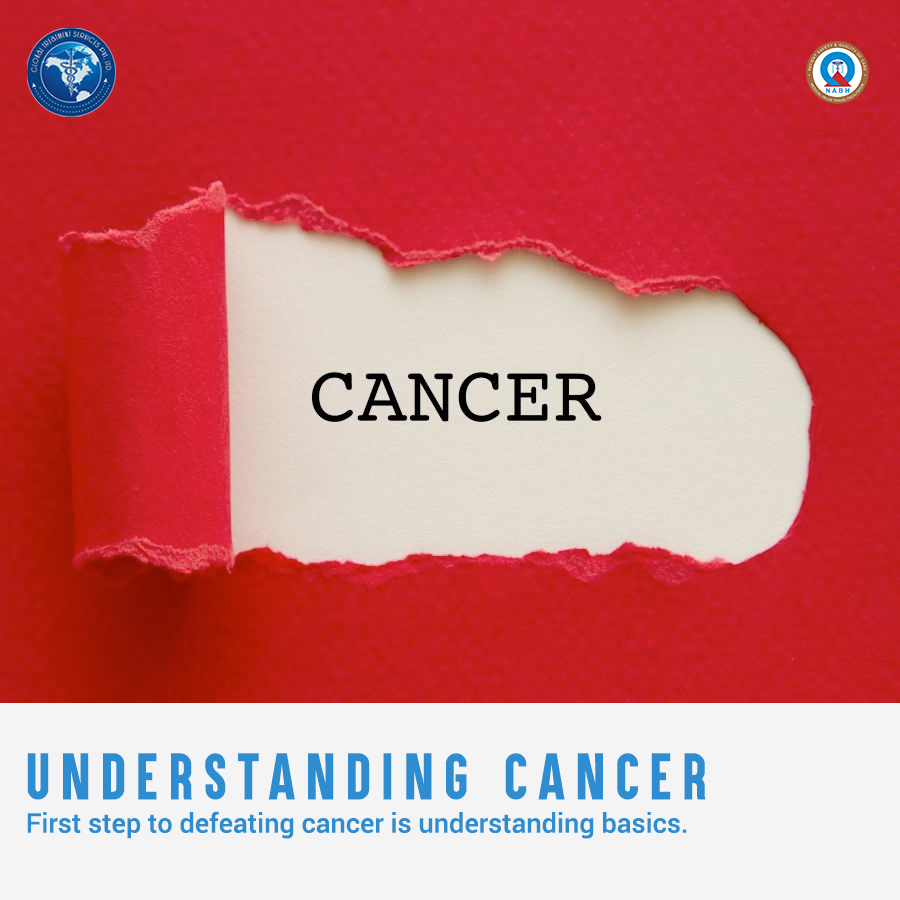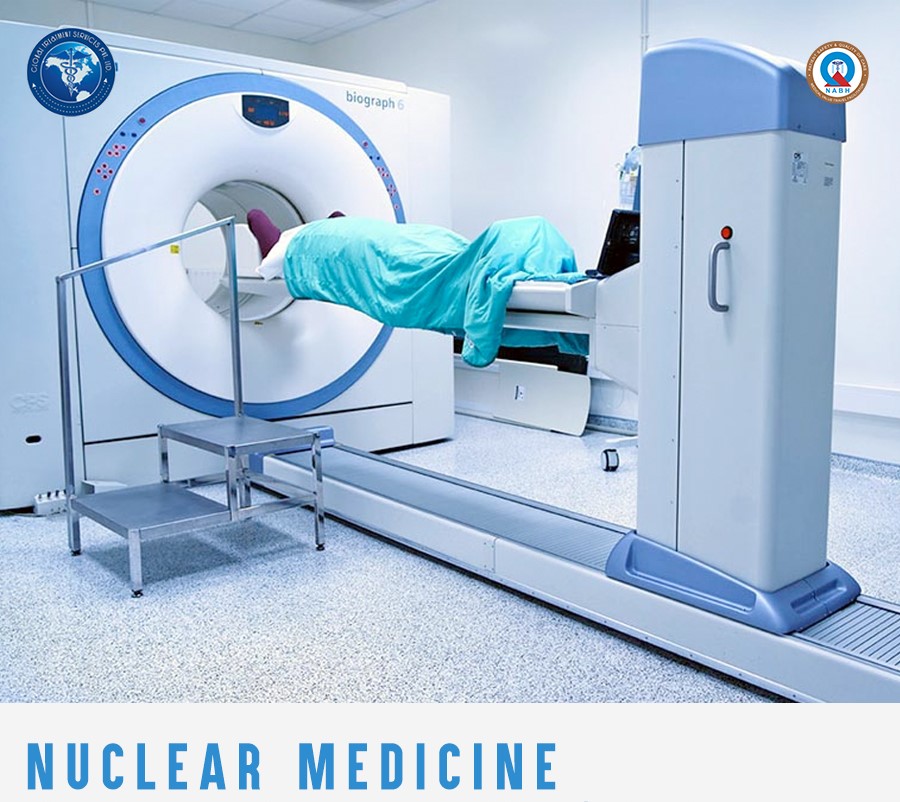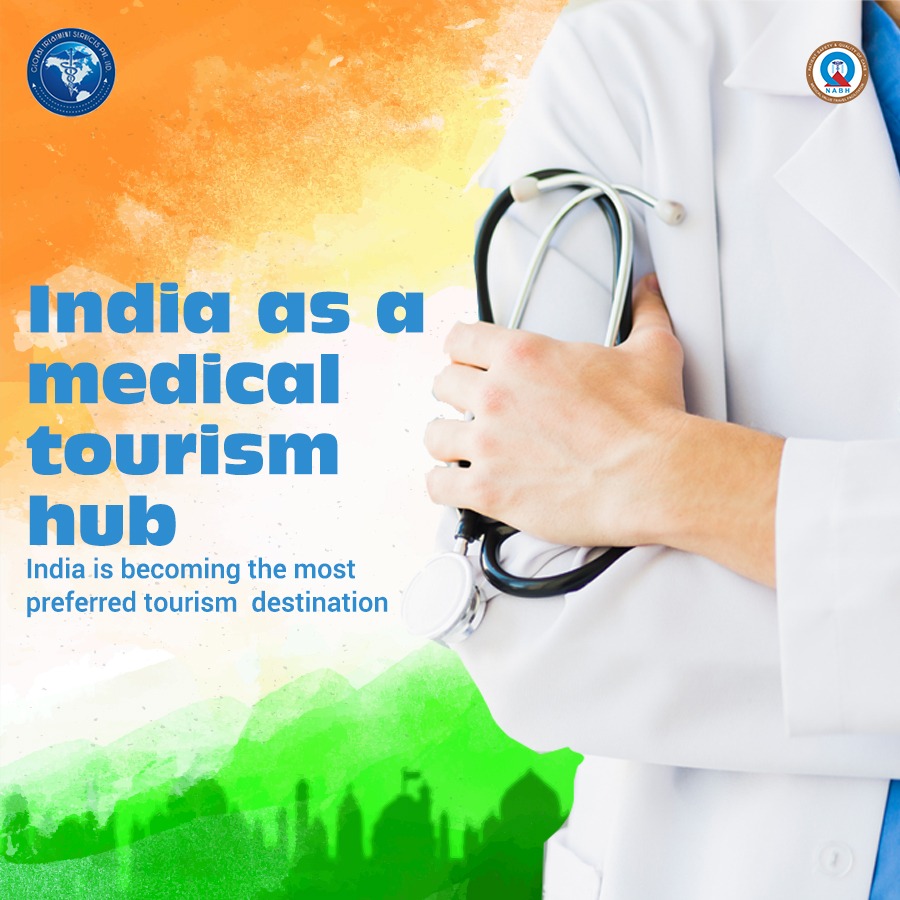Overview
Tetanus is commonly known as lockjaw. Tetanus is an infection caused by bacteria called Clostridium tetani (C. tetani), that are found in the environment. It isn’t the rust on that nail or sharp bit of metal that causes tetanus. That rust just means it could have tetanus-causing bacteria on it. Tetanus is an uncommon but very serious disease of the nervous system causes muscle contractions, particularly of your jaw and neck muscles, that requires immediate treatment in a hospital. Tetanus is preventable, and timely treatment can spare you from this deadly disease. Immediate and good wound care can help prevent infection. Tetanus vaccination can save your life. People who receive at least three doses of the tetanus vaccine almost always survive this disease. And even partial vaccination can make your case less severe. Tetanus is a risk that you can easily avoid with the right medical care. If you think you might need a tetanus booster shot, talk to your healthcare provider or visit an urgent care clinic. An urgent care facility or your primary care provider’s office can give you the booster at the same time as treating your injury.
Symptoms
Symptoms typically occur between 3 and 21 days (average 8 days) after someone is exposed to C. tetani.
The first sign is most commonly spasms of the jaw muscles, or “lockjaw.”
Other symptoms can include:
- Trouble swallowing
- Sudden, involuntary muscle spasms — often in the stomach
- Painful muscle stiffness all over the body
- Seizures (jerking or staring)
- Headache
- Fever and sweating
- Changes in blood pressure and heart rate
Causes
Tetanus happens because of a toxin that C. tetani bacteria make. That’s why tetanus doesn’t spread person-to-person.
Tetanus-causing germs can enter a wound in either a spore or bacilli (active bacteria) form. The spore form is harder to kill, and it can survive boiling water. The spores live in soil, especially soil with manure mixed in. It’s easier for this bacteria to get into deeper cuts and punctures. And tetanus with deeper wounds is often more severe.
Some ways you can get this bacteria in a wound include:
- Broken bones that break through your skin (compound fractures)
- Burns
- Crush injuries that break skin
- Dental infections
- Insect bites and dog bites that get contaminated
- Surgical wounds
- Using contaminated needles or medical instruments
- Minor injuries that can happen around the house, like cuts and scrapes or stepping on a nail
While wounds are the usual entry point, many people don’t remember getting the wound that caused tetanus for them. Research shows that up to half of all cases don’t have an identifiable wound or infection site that experts can pinpoint.
Tetanus, a serious bacterial infection, has four main clinical types:
- Generalized Tetanus:
This is the most common form, characterized by widespread muscle spasms and rigidity, particularly in the jaw (lockjaw), neck, and back.
-
Localized Tetanus:Muscle spasms are restricted to the area around the site of infection. This form can sometimes progress to generalized tetanus.
-
Cephalic Tetanus:Affects the cranial nerves, leading to facial muscle spasms and weakness, often alongside lockjaw.
-
Neonatal Tetanus:Occurs in newborns, typically within the first 28 days of life, and is characterized by difficulty feeding, excessive crying, and generalized muscle stiffness.
Diagnosis
Healthcare providers usually decide if someone has tetanus by looking for common signs and symptoms. They may also ask about a recent history of cuts, scrapes, punctures, and trauma. No lab or other kinds of tests can confirm tetanus.
Treatment and recovery
Tetanus is a medical emergency requiring:
- Evaluation and care in the hospital
- Immediate treatment with TIG
- Aggressive wound care
- Drugs to control muscle spasms
- Antibiotics
- Tetanus vaccination
Conclusion
Tetanus is a severe, life-threatening condition. But with proper treatment, most people recover. Most people develop symptoms about a week after the bacteria get into their body. But it can happen as quickly as two days or as long as three weeks after.
The muscle spasms from tetanus will start around where they entered your body. You’ll then develop muscle spasms in the muscles around your eyes and trouble opening your jaw. The spasms can be painful and typically spread downward to your neck and back.
Your healthcare team will prioritize keeping your airway open using intubation. Once that’s done, they’ll start treating your other symptoms. That includes making you as comfortable as possible with medications to dampen muscle spasms and manage any pain you have.
Tetanus can vary depending on many factors. Your healthcare provider can tell you more about what you’re likely to experience. They can also guide you on what you can do to help yourself as you recover. But in general, with proper treatment, the odds of survival with tetanus are good.
Further if your nearones or dearones are looking for treatment abroad you can connect via email media@gtsmeditour.com and share all the latest reports of the patient and get a medical opinion for the same at zero cost and treatment plan assistance, accomodation etc.
Happy to assist..!
Thank you..!

